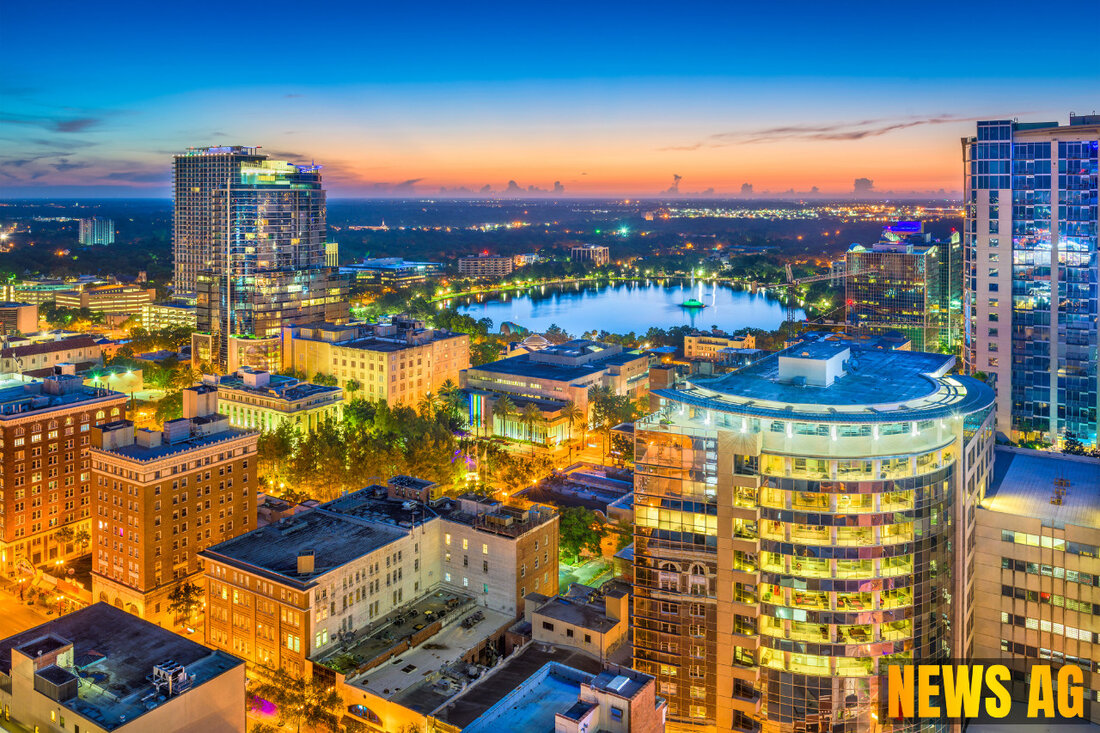Trischen: The World's Fastest Island Moves Closer to Germany!
Discover the remarkable story of Trischen, the world's fastest-moving island, its unique ecology, and the life of its dedicated bird warden.

Trischen: The World's Fastest Island Moves Closer to Germany!
In an extraordinary twist of nature, the North Sea island of Trischen has earned the title of the fastest island in the world, moving an astonishing 30 to 35 meters per year toward the German coastline. This unique phenomenon can be attributed to a combination of its sandy composition and the relentless forces of waves and currents acting on its shores. Located about 14 kilometers off the Dithmarscher coast in the Meldorfer Bay, Trischen measures nearly three kilometers long and around one and a half kilometers wide. But while its speed might be impressive, the island faces a precarious future.
Trischen is primarily known for its rich biodiversity, hosting up to 100,000 birds, along with seals and even gray seals. While human intervention in past centuries, such as hunting and farming, failed largely due to the island’s susceptibility to storm surges and shifting dunes, the current period has seen any human presence strictly curtailed. The only individual allowed on the island is a seasonal bird warden, Mareike Espenschied, who resides in a stilt house without internet access from March to October. This quiet existence is dedicated to monitoring the island’s vital bird populations and preserving its unique ecosystem. As Moin.de reveals, Mareike’s experiences are shared on the NABU website, making her the lone voice from this isolated land.
A Dynamic Landscape
The constant movement of Trischen raises questions about the future of the island and similar coastal habitats. Experts estimate that in about 400 years, Trischen will reach the mainland near Büsum. This shift is symptomatic of broader changes facing small islands around the globe, as noted by studies emphasizing the interplay between sea-level rise and coastal erosion. As ReiseReporter details, the ecology of Trischen thrives amidst this dynamic landscape, a fact that underscores not only resilience but also vulnerability in our changing climate.
Over the last century, Trischen has lost three-quarters of its original area, a stark reminder of the relentless power of natural forces. As smaller islands continue to encounter rising sea levels, experts are raising the alarm about the potential impacts on human and wildlife populations in these areas. The measures taken to protect such ecosystems are critical; seabird and reef conservation efforts need to include specifically vulnerable locations like Trischen. Indeed, studies published in respected journals underscore the importance of island-ocean connections in preserving the marine benefits afforded by these fragile habitats, affirming the vital role they play in broader environmental health and global biodiversity.
The Future of Islands Like Trischen
As we navigate the challenges posed by environmental changes, the story of Trischen serves as a poignant reminder of the beauty and fragility of our ecosystems. The island, while teetering on the edge of disappearing entirely, showcases the resilience of nature, reminding us that even in isolation, life continues to thrive. Its plight reflects the fate of many coastal and island communities bathed in the rhythms of ocean currents and changing tides.
In essence, the saga of Trischen encapsulates a vital narrative about environmental awareness and the need for ongoing conservation efforts. The more we learn about such unique locations, the better equipped we are to protect them—not just for their intrinsic value but also for the lessons they can teach us about sustainability and resilience in the face of climate challenges.


 Suche
Suche